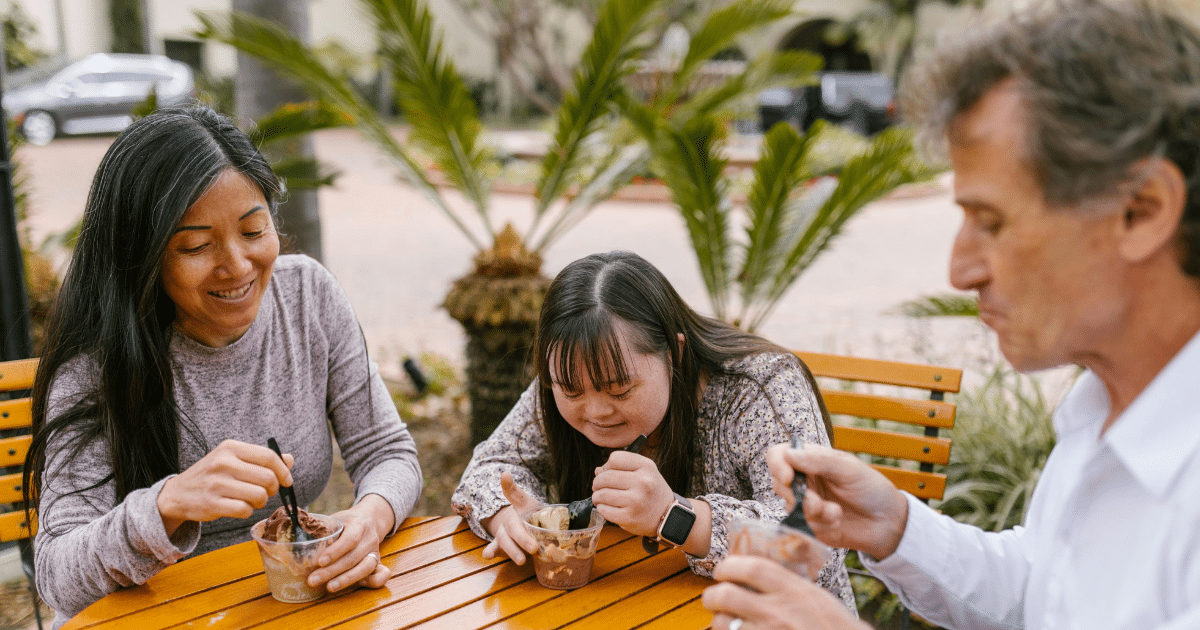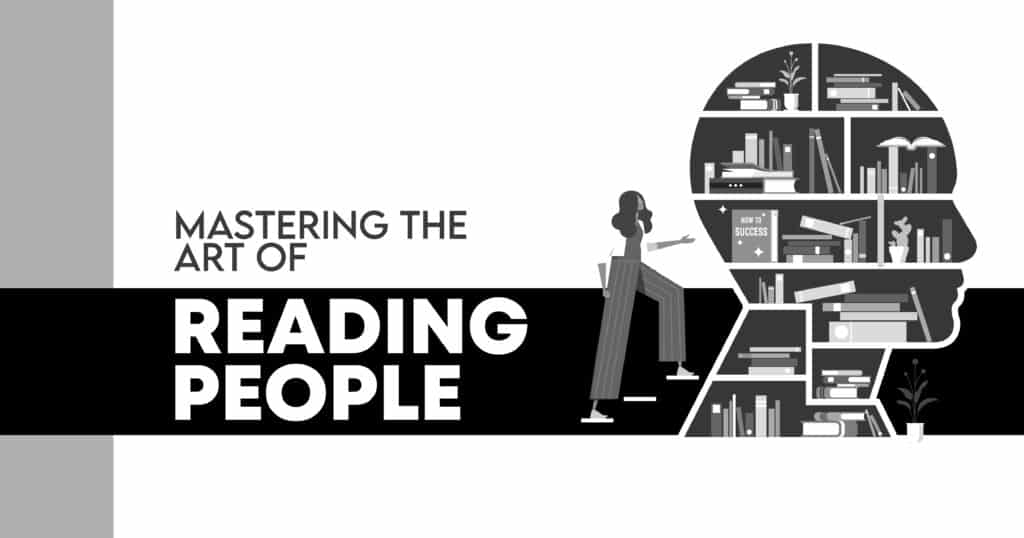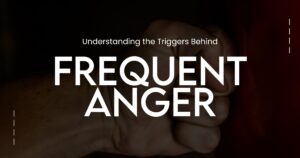Sometimes, listening to what other people tell you is not enough – you have to watch them and interpret nonverbal cues in order to grasp what they are trying to convey. But how to read people with precision? And how important is body language when it comes to personal and professional communication?
In this article we will explore the art of reading people, examine key techniques you can utilize when you observe how others speak and act, and learn the importance of context for accurate and effective communication.
Reading People: A Guide to Mastering Body Language and Nonverbal Cues
The ability to read people can be described as understanding someone’s behavior, character, feelings, and thoughts through mindful observation of nonverbal cues they consciously or subconsciously share with you during a conversation. A facial expression you may not register at first, body language that indicates the person is upset or scared, and the tone of voice often say more than words can, especially if the goal of the person is to keep things hidden or avoid a difficult conversation in a social setting.
Nashville Mental Health
The Importance of Body Language in Communication
Nowadays, it is universally accepted and scientifically confirmed that body language plays a crucial role in communication – if you understand what a person’s face and body are telling you, you can interpret their genuine emotions and thoughts with ease. Pay attention to the posture of the other individual, look them in the eyes to figure out what they mean, and respond with a smile to demonstrate your approval and respect – this will make you an effective communicator.
Decoding Facial Expressions and Microexpressions
Involuntary facial expressions that are hard to notice unless you are really looking can tell you a lot about what they truly feel. How to read people based on how their faces move? Here are just a few emotions you can recognize once you familiarize yourself with microexpressions:
| Emotion | Corresponding Facial Expressions |
| Sadness | Lack of eye contact, lip corners pulled downward, and trembling lips |
| Contempt | Tightened lips, half-smile, and asymmetry in the face |
| Anger | Narrowed eyes, pressed lips, and lowered eyebrows |
| Fear | Widened eyes, tense lips, and raised eyebrows |
| Surprise | Widened eyes, open mouth, and raised eyebrows |
The Role of Eye Contact in Building Connections
It is challenging to maintain eye contact but you should practice it – it is integral in fostering meaningful connections and building understanding with the individual you are talking to. It lets the other person understand you are attentive and present, you focus on your conversation and are prepared to give feedback after they are done talking, and it demonstrates your confidence. Lack of eye contact is often associated with lack of trust and courage, which is why it is such a vital tool to master whether you are interested in someone romantically or pursuing a career opportunity.

Social Cues and Their Impact on Interpersonal Relationships
If you struggle to notice and interpret social cues such as turn-taking in conversations, body language, choice of words, and personal space, it will be hard for you to accomplish your goals regardless of the setting you are in. When you read social cues correctly, the other person sees you understand them on a deeper level, they feel like they belong and matter, and they do not have to adjust their behavior in your presence.
Nashville Mental Health
Enhancing Emotional Intelligence for Better Behavioral Analysis
Emotional intelligence is often underestimated – you can utilize his ability to manage your own emotions as well as perceive what others are feeling at any given moment. Thankfully, you can improve your emotional intelligence for your own sake and for the sake of the people around you:
| Advice | Description |
| Practice Self-Awareness | It is up to you to pick a mindfulness technique that resonates with you – some people analyze their feelings with the help of journaling, others meditate or practice yoga, and some people simply reflect on the events of the day every evening |
| Become an Active Listener | Show genuine interest in what the other person is saying and learn to analyze their facial expressions. You can enhance your connection with open-ended questions to confirm you actually care about what they have to say |
| Avoid Arguments | Conflicts with your family, friends, or coworkers take a toll on your mental health and affect your ability to express your emotions in a constructive and respectful manner so you should stay calm and level-headed every time you feel like you are about to raise your voice |
| Manage Stress | When your mind is overwhelmed by stress and anxiety, it is hard to stay in touch with your authentic feelings. Develop healthy coping skills to relax and get further in touch with your inner self |
Recognizing and Responding to Nonverbal Cues in Different Contexts
How to read people with nonverbal cues? They can be rather complicated so here are a few tips you can bear in mind in any context or setting:
- Look out for the duration of eye contact – frequently a person cannot maintain it if they have something to hide or are ashamed of their behavior.
- See how you feel about the personal space preferences – you may need to change your mind about the individual based on their desire to intrude into your personal space.
- If the other person mirrors your posture or gestures, it means they agree with you and approve of your statements.
- Notice a slouchy posture – it often suggests the person is not interested or fatigued.
- Remember about cultural differences – when you speak to a foreigner, their facial expressions may be a surprise if it is customary for them to showcase their emotions in a different way.
Learn More at Nashville Mental Health
If you fail to understand the true intentions of other people and believe it prevents you from succeeding in your personal or professional life or you want to see how therapy can take your emotional intelligence to the next level, you should speak to a mental health specialist.
At Nashville Mental Health we can guide you as you hone your ability to form healthy and mutually fulfilling relationships with the art of reading people – reach out to us today if you are prepared to take action.

Nashville Mental Health
FAQs
How can body language be crucial in understanding nonverbal communication cues?
Body language impacts the way you perceive the messages – sometimes, the words are empty while you can see everything you need to know written on the person’s face. If you are able to notice nonverbal cues and let the other person know about it without using words, you can build rapport and trust that will last.
What techniques are effective for interpreting facial expressions and microexpressions?
Learn more about the person if possible – in some cases, certain facial expressions may seem out of place but they might indicate regular thinking and behavioral patterns. Focus on their eyebrows, eyes, and mouth, learn how these parts of the face move when the person is angry or sad, and take the person’s cultural and social background into account to have the full picture.
How does eye contact influence communication and relationships?
Eye contact is a tool of great value – it conveys authenticity, confidence, and engagement. Sometimes it may indicate aggressiveness and arrogance so you need to analyze the words in addition to nonverbal cues at your disposal.
Why are social cues significant in deciphering interpersonal dynamics?
Once you get better at reading people through social cues, you can pinpoint their true intentions and emotions – it matters when your partner or friend tries to keep a secret or when they are unhappy but do not want to bother you for some reason.
How can enhancing emotional intelligence improve the accuracy of behavioral analysis?
If you are in charge of your own emotions and you can recognize and define them without trouble, you can do the same when you speak to other people. Put yourself in another person’s shoes and you can deepen your connection, find a compromise, and gain respect for them – your interactions can be more positive if you approach them with kindness and empathy.





